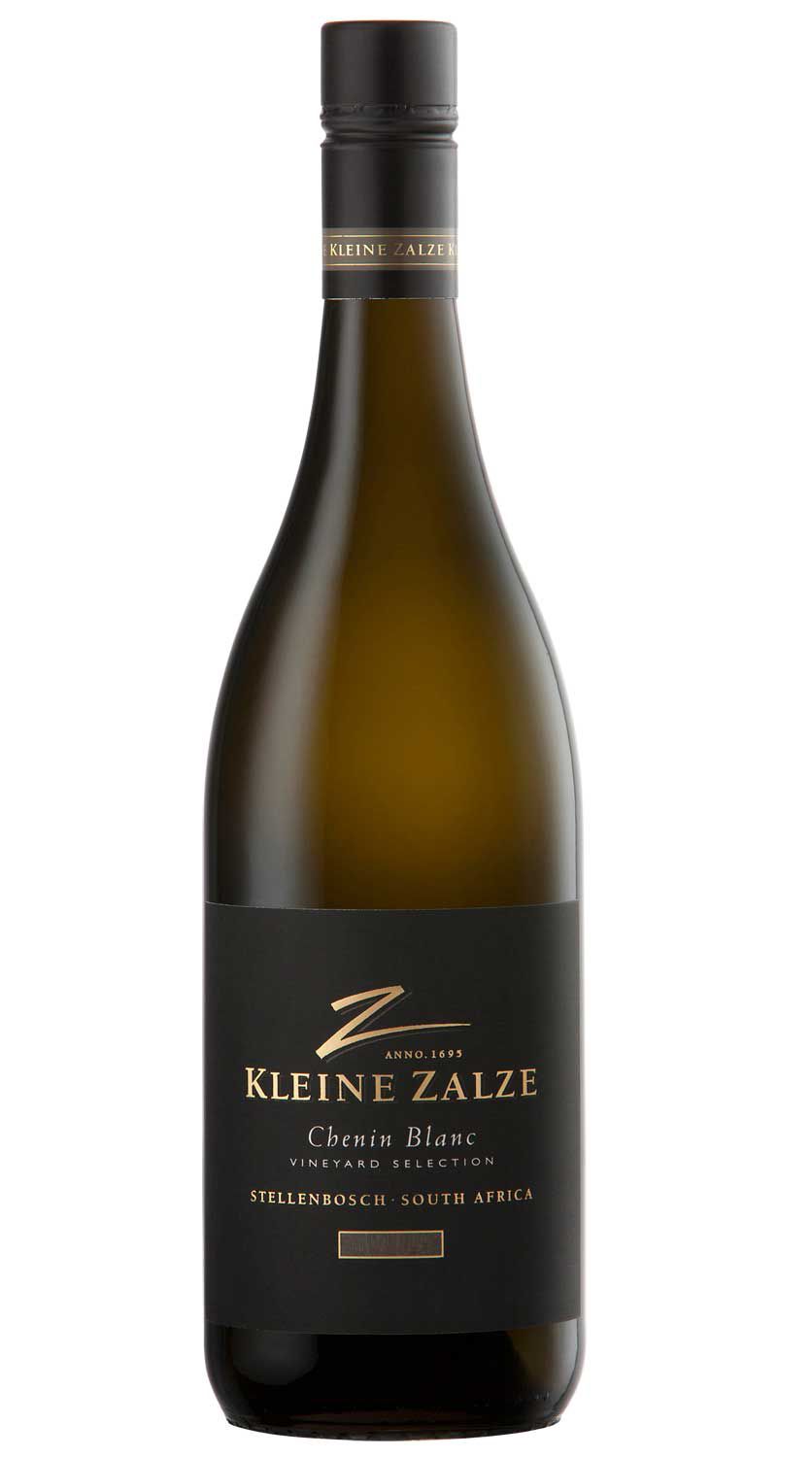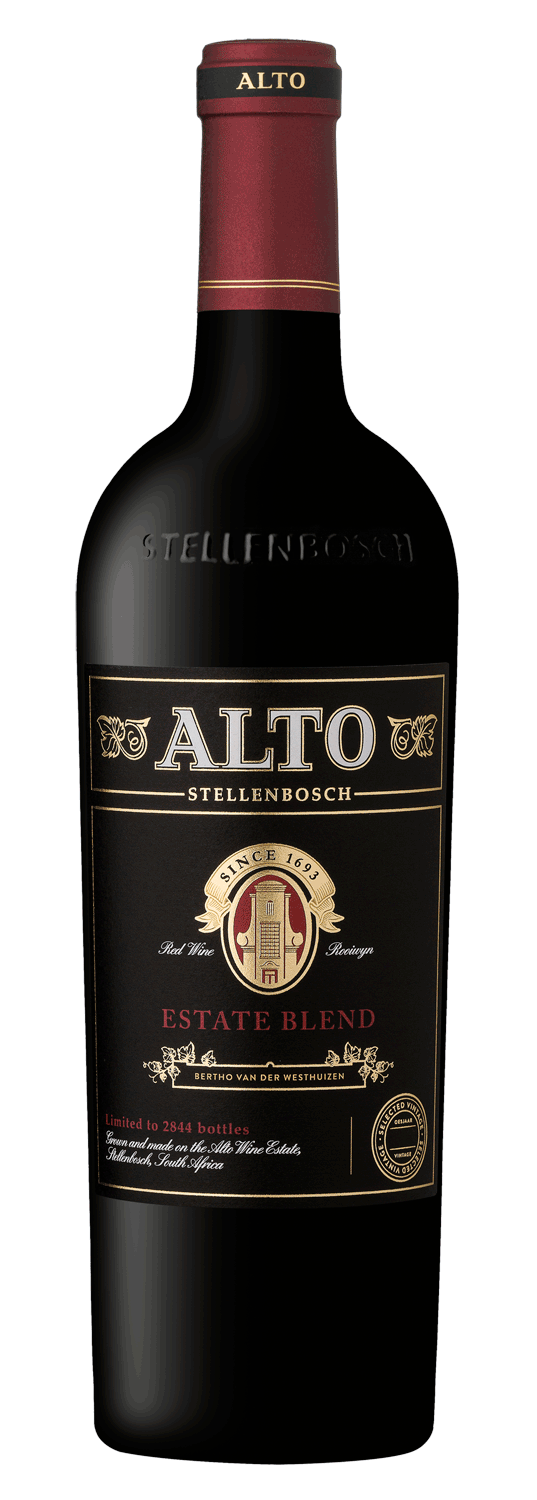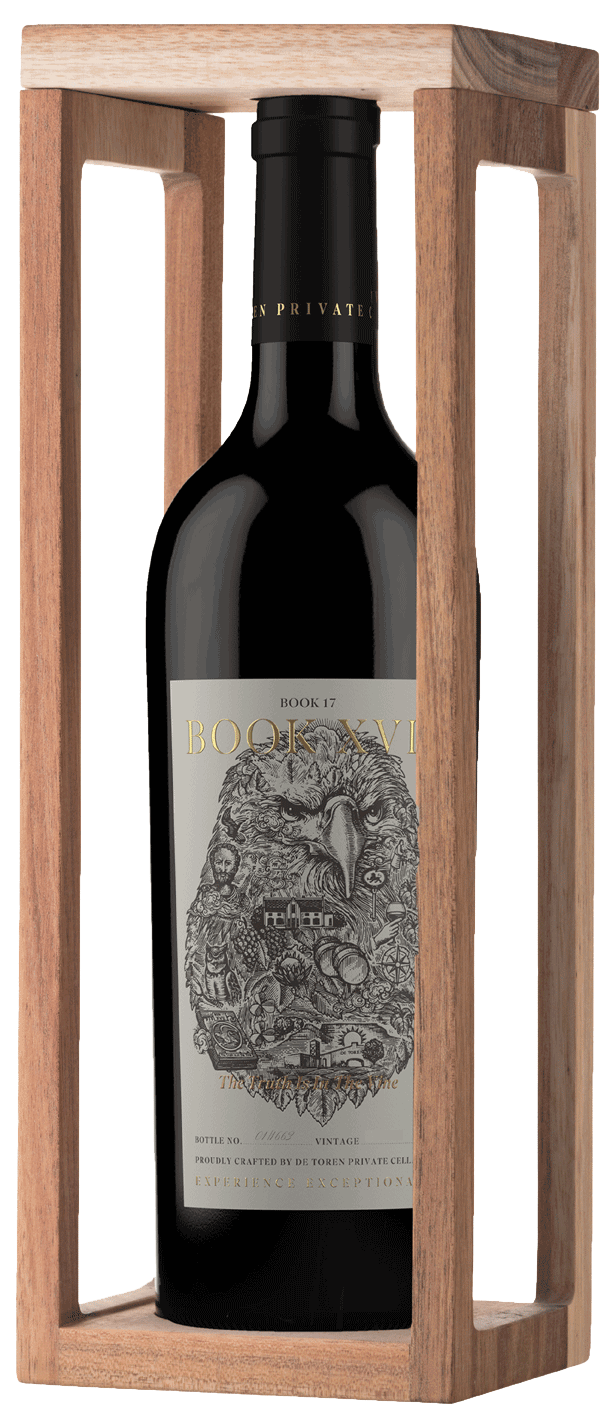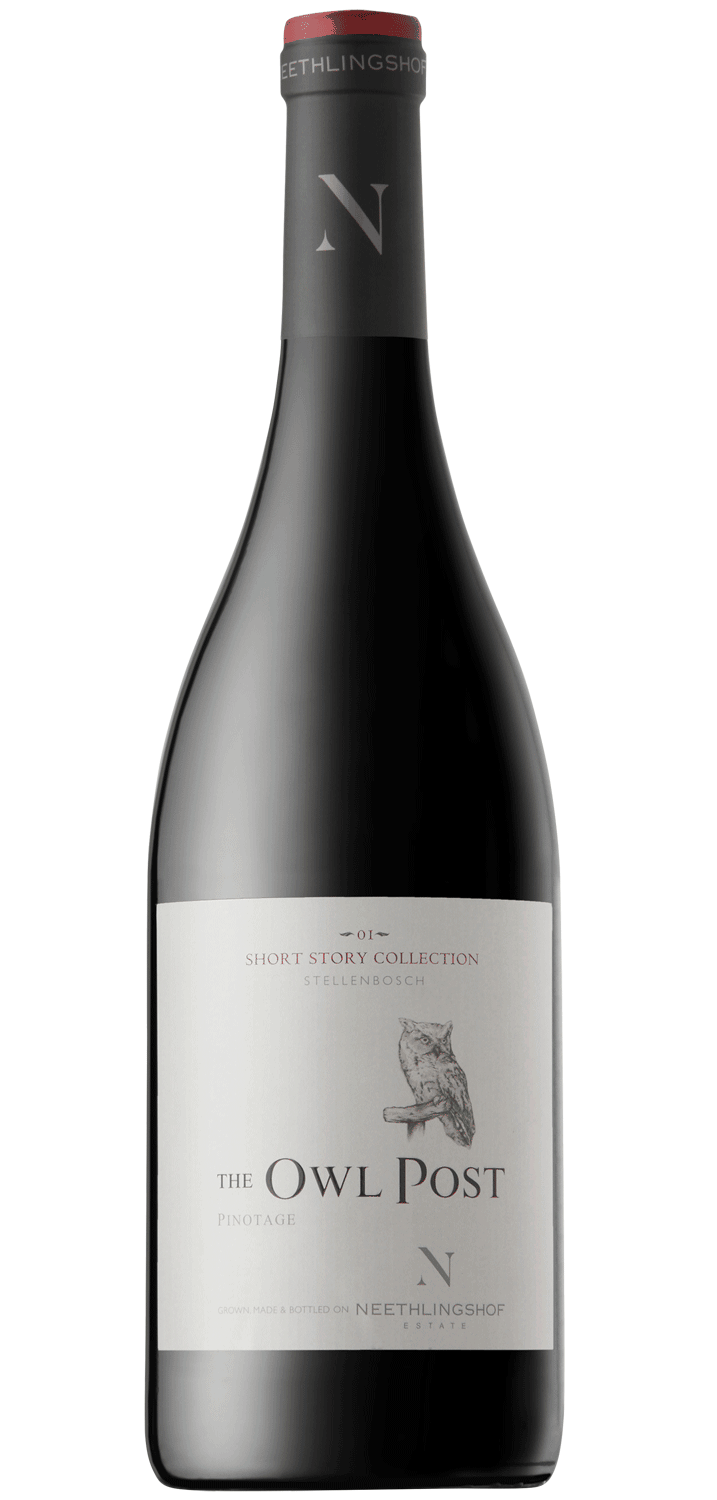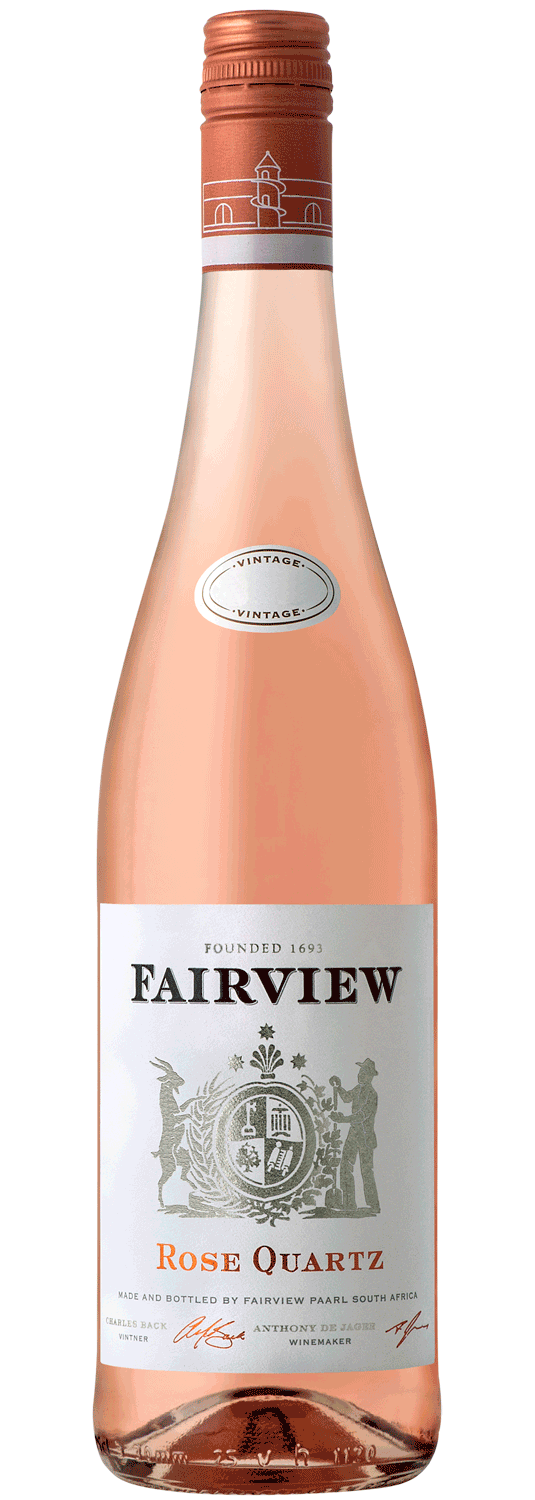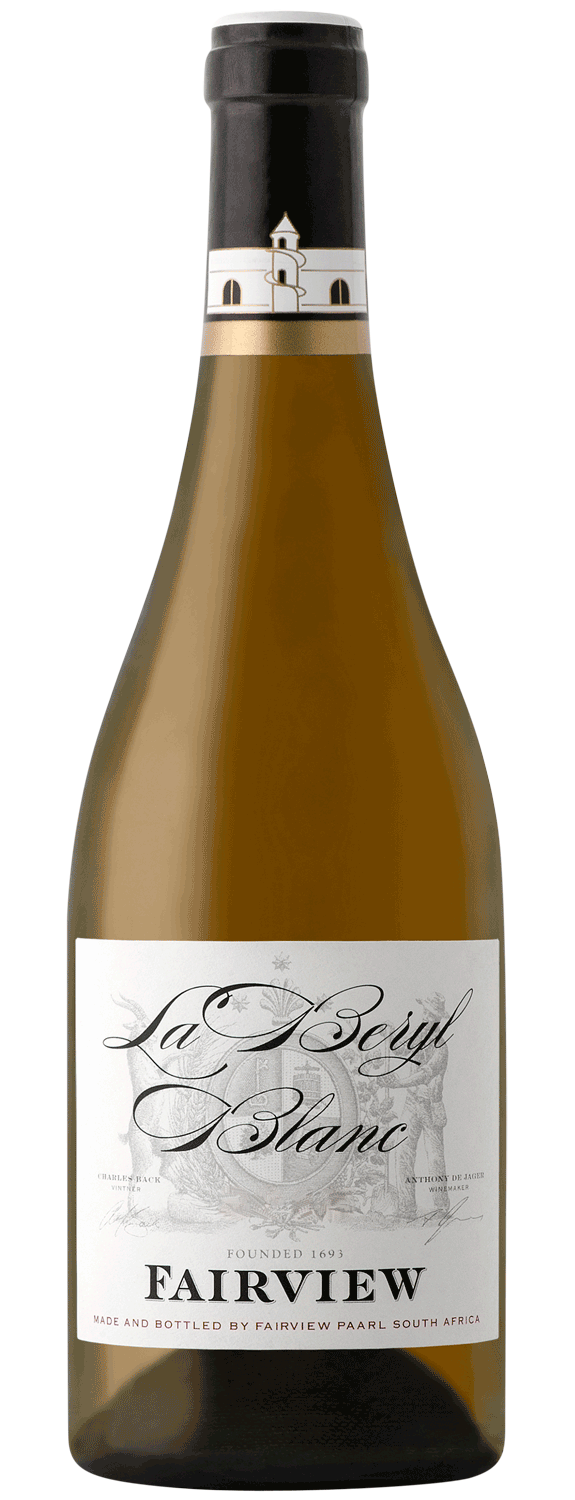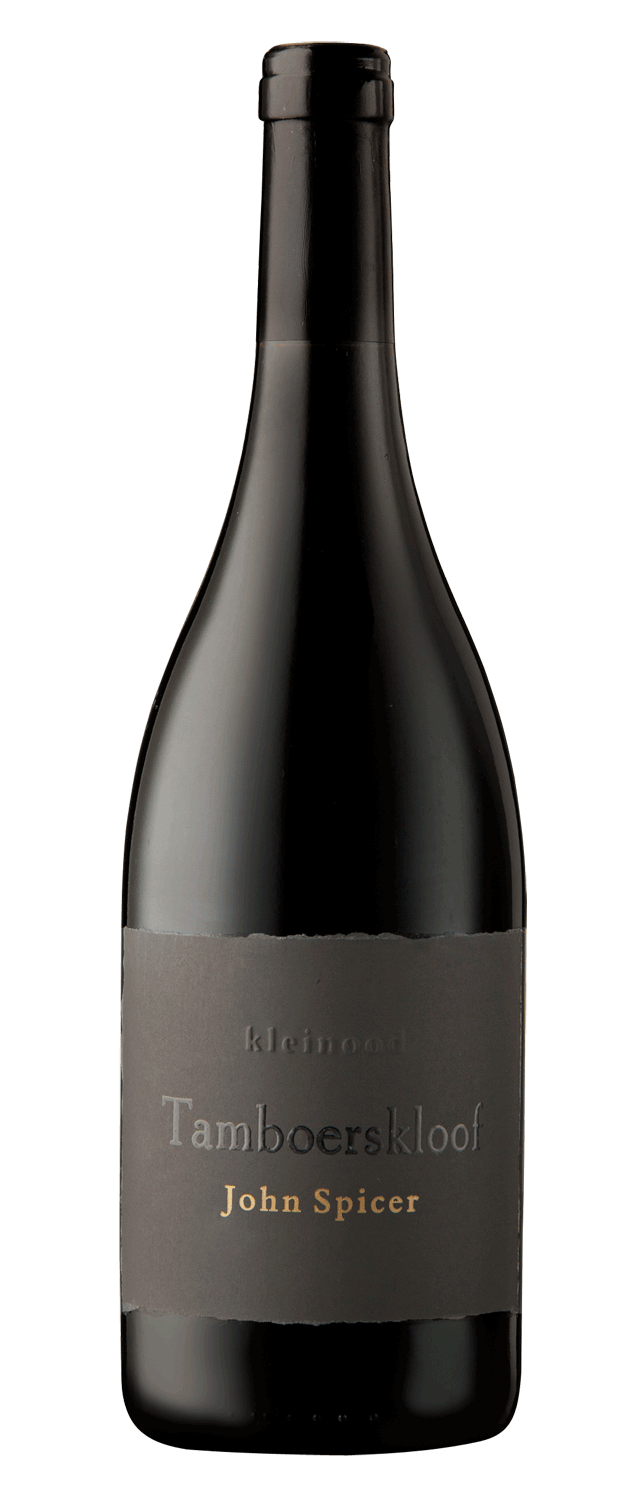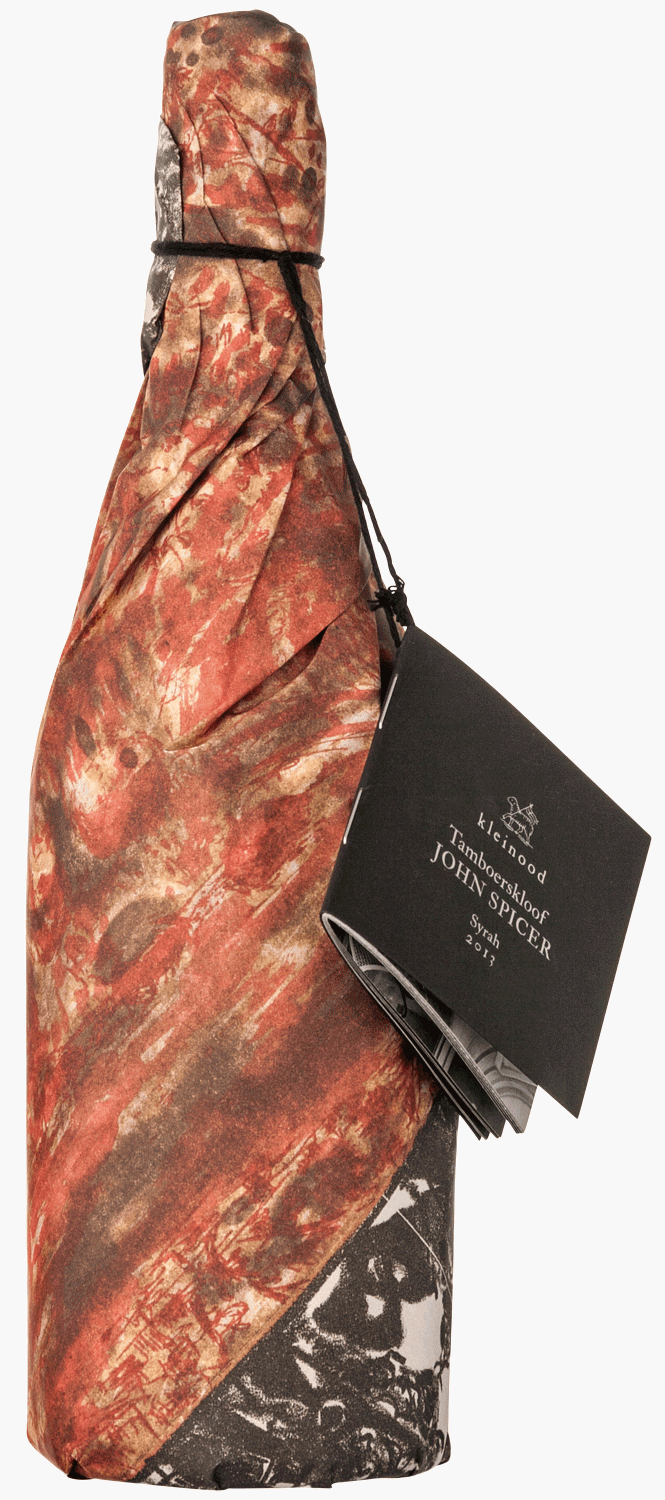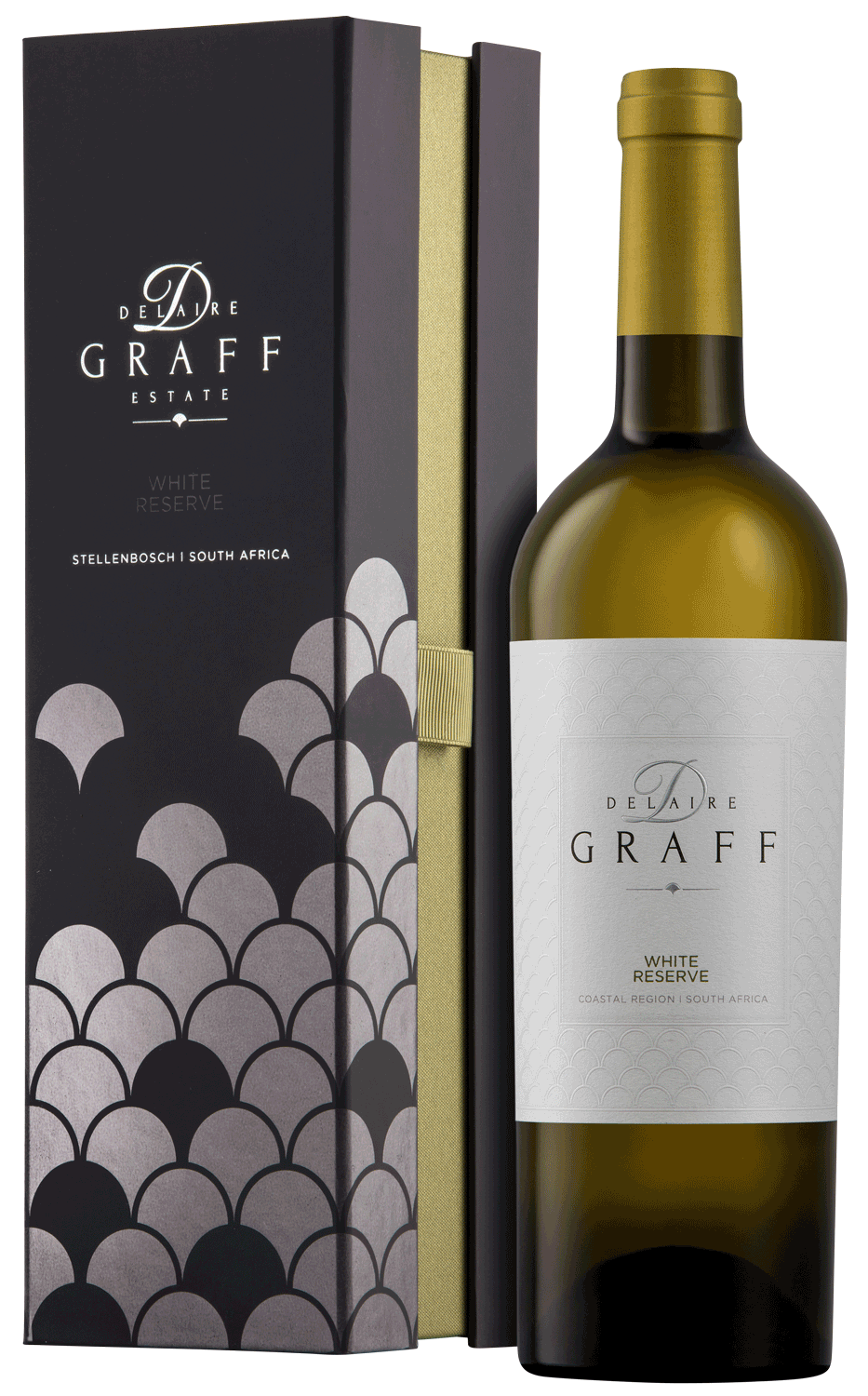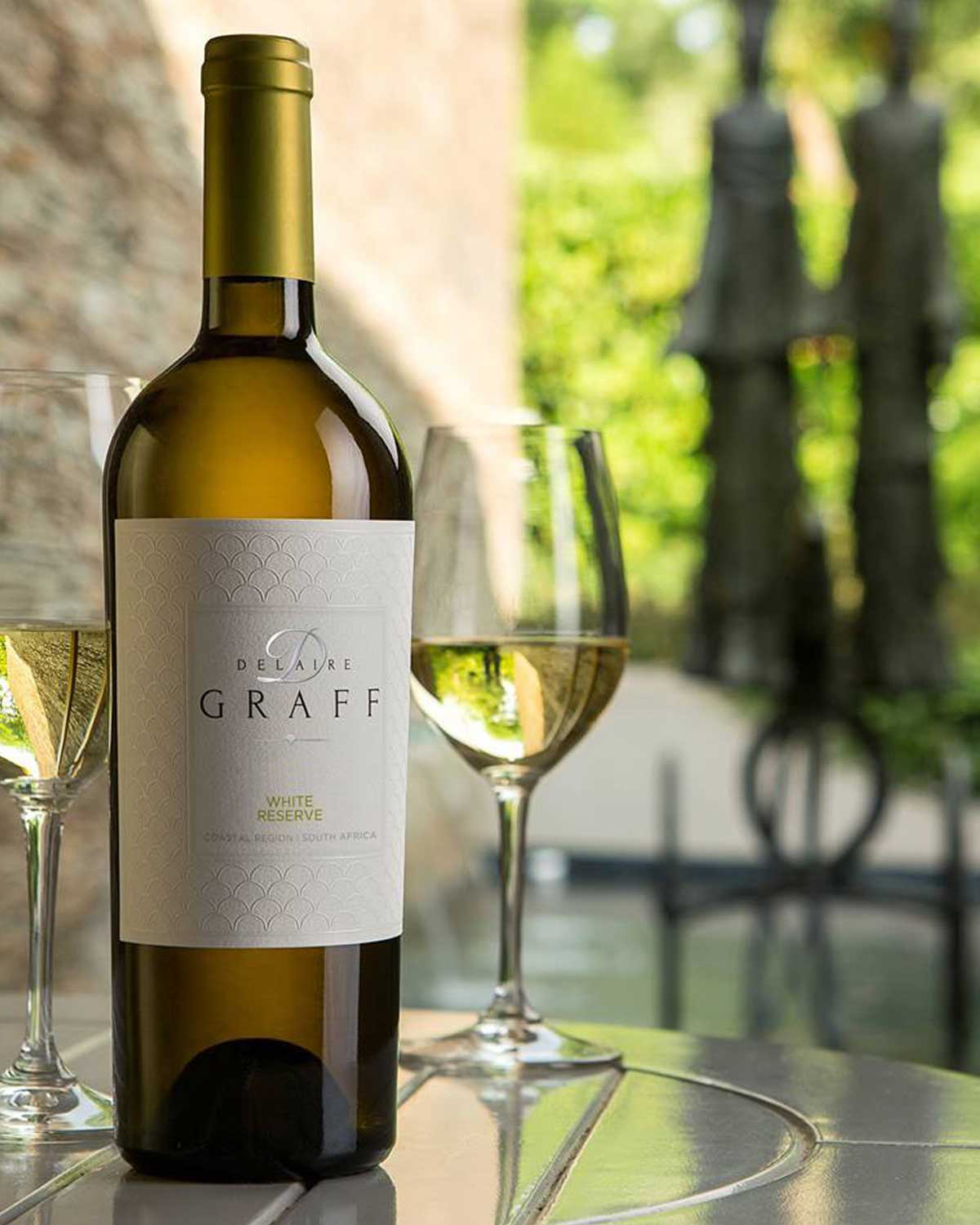
Sparkling wine tax
The tax on sparkling wine, or as it is actually called in the legal text, sparkling wine tax, is one of the consumer taxes and applies to sparkling wines. After the founding of the Federal Republic of Germany, the tax, which is actually obsolete, was not abolished, but was used from then on to repair war damage. Since July 15, 2009, the current sparkling wine tax has been in effect and imposes a tax of 1.02€/0.75 l on sparkling wines with mushroom-shaped corks and holding devices, which are under a minimum pressure of 3 bar and have more than 6 percent alcohol by volume.
Discover our premium Wines
Content: 0.75 Liter (€17.27* / 1 Liter)
and Ingredients can be found here
Content: 0.75 Liter (€14.33* / 1 Liter)
Last lowest price: €10.75*
and Ingredients can be found here
Content: 0.75 Liter (€53.27* / 1 Liter)
and Ingredients can be found here
Content: 4.5 Liter (€11.51* / 1 Liter)
Last lowest price: €51.80*
and Ingredients can be found here
Content: 0.75 Liter (€26.60* / 1 Liter)
and Ingredients can be found here
Content: 0.75 Liter (€46.73* / 1 Liter)
Last lowest price: €35.05*
and Ingredients can be found here
Content: 0.75 Liter (€27.93* / 1 Liter)
and Ingredients can be found here
Content: 0.75 Liter (€323.93* / 1 Liter)
and Ingredients can be found here
Content: 1.5 Liter (€29.97* / 1 Liter)
Last lowest price: €44.95*
and Ingredients can be found here
Content: 0.75 Liter (€14.93* / 1 Liter)
Last lowest price: €11.20*
and Ingredients can be found here
Content: 0.75 Liter (€30.53* / 1 Liter)
Last lowest price: €22.90*
and Ingredients can be found here
Content: 0.75 Liter (€19.93* / 1 Liter)
and Ingredients can be found here
Content: 0.75 Liter (€20.67* / 1 Liter)
Last lowest price: €15.50*
and Ingredients can be found here
Content: 0.5 Liter (€63.90* / 1 Liter)
and Ingredients can be found here
Content: 0.75 Liter (€133.27* / 1 Liter)
and Ingredients can be found here
Content: 0.75 Liter (€11.33* / 1 Liter)
and Ingredients can be found here
Content: 0.75 Liter (€57.27* / 1 Liter)
and Ingredients can be found here
Content: 0.75 Liter (€56.60* / 1 Liter)
Last lowest price: €42.45*
and Ingredients can be found here
Content: 0.75 Liter (€323.93* / 1 Liter)
Last lowest price: €242.95*
and Ingredients can be found here
Content: 0.75 Liter (€39.93* / 1 Liter)
and Ingredients can be found here
The history of the sparkling wine tax
The sparkling wine tax has its origins in the ambitious plans of Kaiser Wilhelm II, who wanted to bring the imperial fleet up to the level of the British Royal Navy and needed funds for the rearmament. These plans gave rise to the sparkling wine tax in 1902, with 50 pfennigs added to the price of sparkling wine. In 1905, the tax was increased again and from then on ranged from one to three reichsmarks. After the end of the First World War and the resulting self-sink of the Imperial Navy in 1919, the tax was maintained. In 1926, the tax was reduced again to one Reichsmark. To cope with the consequences of the world economic crisis, the tax was briefly reduced to zero in 1933, but not abolished. With the outbreak of the Second World War, drinking sparkling wine or champagner became one mark more expensive again. The money was again spent on the navy, this time for the expansion and development of the submarine fleet. In the course of the war, the tax was raised again to 3 marks per bottle in 1941.

